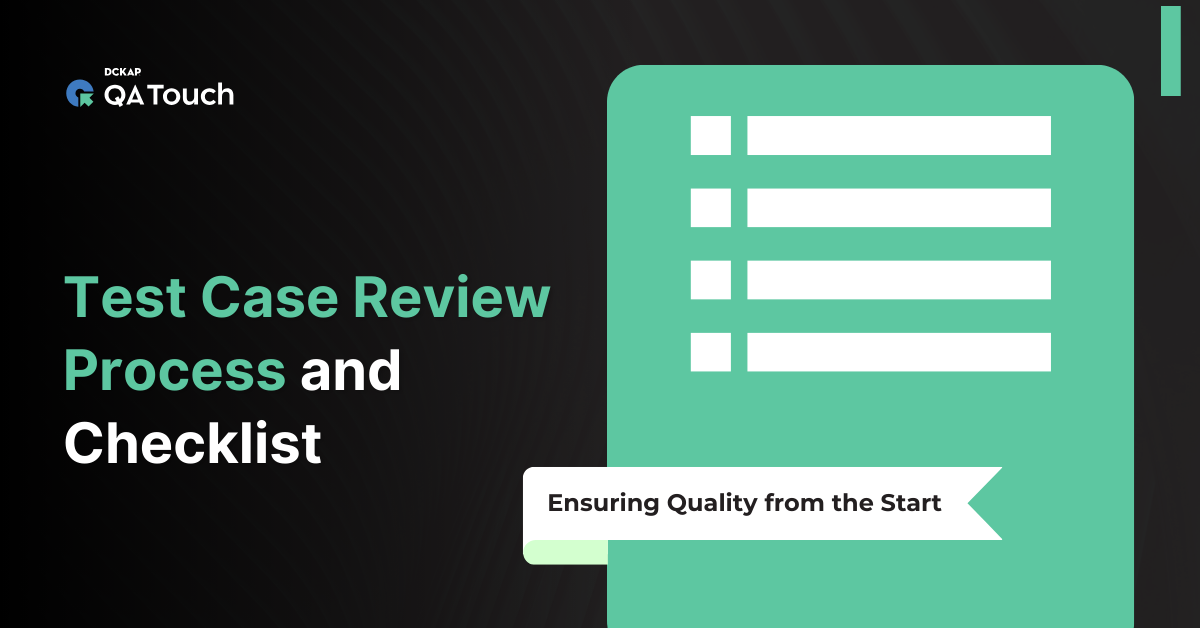You may have many questions about using Jira for Test Case Management. Also, several questions came to us as we are using Jira for project management, and we have to integrate the test management process within it. You can find the how, when, what, where, and who of Jira, and Test Management in the below blog.
What is Jira used for?
You might have supposedly wondered why we need to use the Jira tool. For those who are not aware of Jira, Jira is a project collaboration tool from Atlassian in which you can track the progress of projects and issues. Any type or any size of the team can manage their work tasks effectively and also collaborate with the team actively.
Cons of using the tool Jira for testing
You may think that we are managing the projects in Jira so that we can use this Atlassian tool for our test management process. To implement this testing process, first, you have to start customizing the issue types. When you come back to check those issue types, it would show the issue type is as epic, story, task, subtasks, bugs, and, not specific to tests. Jira is more targeted to manage requirements, tasks, bugs, and workflow management.

In Jira, you can also handle the test management process and customize the workflows in a few ways. But there are certain limitations following this approach. While you define the workflows in Jira, the status is done. Whereas in testing, if a tester tested the ticket, it is not done. In specific scenarios, the testing has to be done in multiple environments or devices and browsers. Apart from that, the fast delivery of the product or project seemingly becomes questionable. To achieve this, automation in regression testing is a bare minimum. And to handle the automation tests, we need to leverage another tool. Even in manual testing without a tool, we won’t measure the test coverage or tracking regression testing cycles.
Customizing Jira for Testing
Despite these limitations, many organizations use Jira for their test management. They are mostly customizing the issues in three ways:
- Creating an Issue type as “Test Case”.
- Leverage User Story.
- Creating Custom Labels.
This is how to create and write issue types as “Test Case” in Jira. Create a “Test Case” issue type directly from the settings – Issue type in Jira.
Issue types as “Test case”
- When creating a test case, make it the parent issue.
- Create a subtask in Jira and label that subtask as “Test Execution” and then move to execute the test.
- Enter the actual result, expected results, the impacted versions, and the assignee who will do the test execution.
- It seems to be working while configuring the workflow. In real time, the execution has to be carried out for a patch release or regression; then, it will be difficult to achieve.
The reusability of tests is minimal.
Tracking the test coverage, test execution history, and the reports is difficult to achieve.
Leverage User Story as “Test Case”
Another way is you can customize the testing process by leveraging the User Story. It can be done by creating a user story with the test case steps as a new parent issue. Add a subtask for the test execution and execute the tests and update the test results. This approach becomes tough when a particular user story has a dependency on another user story or multiple user stories.
Tracking the test execution and history will be abstract. The related user stories and executions tracking will become hard.
Creating a Custom Label “Test Case”
The final approach is creating a custom label while creating an issue as Test Case and map with the Epic or Stories. It is a simple approach whenever we have short release cycles and less complex projects/products.
This approach, especially for test execution, can be created as a sub-task and execute the test case. Like the other two approaches, the execution tracking history and the testing coverage are going to be hard.
In short, with Jira, you can customize the fields and workflows, but it will be harder to use for managing the entire test management process.
Sandwich Approach to Integration with Test Management tool and Jira
To overcome the disadvantages of using Jira for test management, we can use a sandwich approach to integrate with a test management tool. Jira will empower the testing process and handle test management in a better way. In this approach, many Jira apps are providing this solution in Jira’s apps marketplace. Think of a solution that you will be able to manage your Jira requirements, issues, and test executions with integration between these two systems. The below picture shows the representation of it.
QA Touch provides a solution to map the Jira requirements and test cases. Once this mapping is completed, Jira Requirements Traceability Matrix(RTM) is automatically built for you. You can export the Jira RTM and will be able to find out the test coverage of the requirements is done with the test cases or not by the tester. It will be handy for the Team leads.
Tracking the test execution and the Jira issues will be easier, and can be done without leaving the QA Touch application. You will also be able to access the application from Jira, too, after you installed the application and completed the configuration.
With the QA Touch Jira app, you will be able to directly synchronise the test results from QA Touch to Jira. When executing the tests, the tester will be able to create a Jira Issue on the fly from QA Touch. Even if any existing Jira issues, which are related to the execution, can also be mapped by Fetching Jira issues and link it. In Jira, you will be able to see the issue while the test case fails and in which test execution. In QA Touch, the test execution history will be available in the test runs. You can generate various kinds of reports like test runs summary, test run assignee summary, release summary with graphical charts. With the Jira Cloud summary report, you will know the traceability of the execution of the test case and the Jira issue posted and link to that Jira issue. You can reuse the test cases as well as the test runs from QA Touch.
Hope this blog helps to know how you can leverage the testing process as part of the project collaboration tool Jira with the sandwich approach. You will get more insights about the Integration with Jira Cloud and QA Touch from this guide.
Start your 14-day free trial and be the champion of your application testing.
Happy Learning! Happy Testing!












